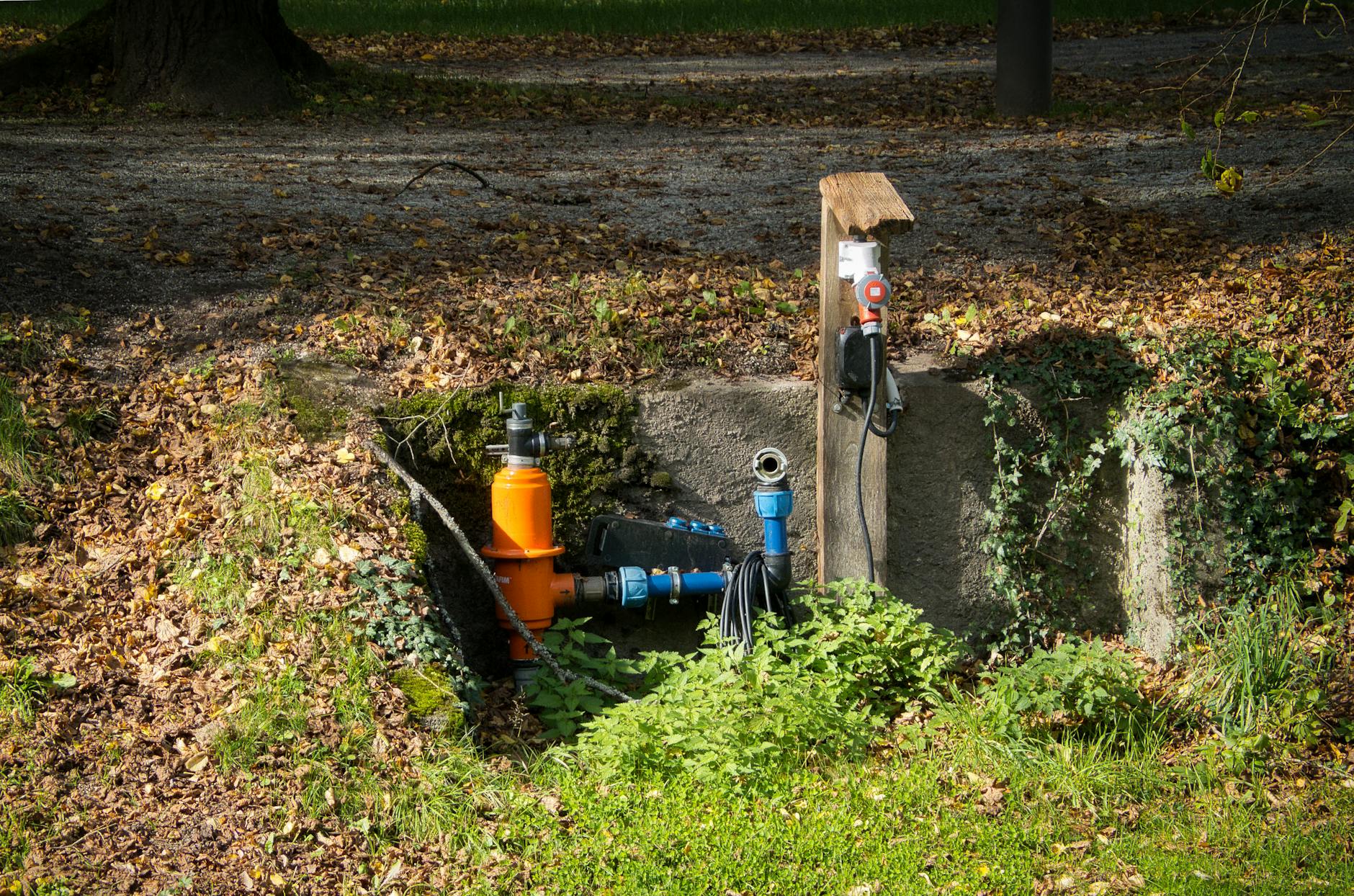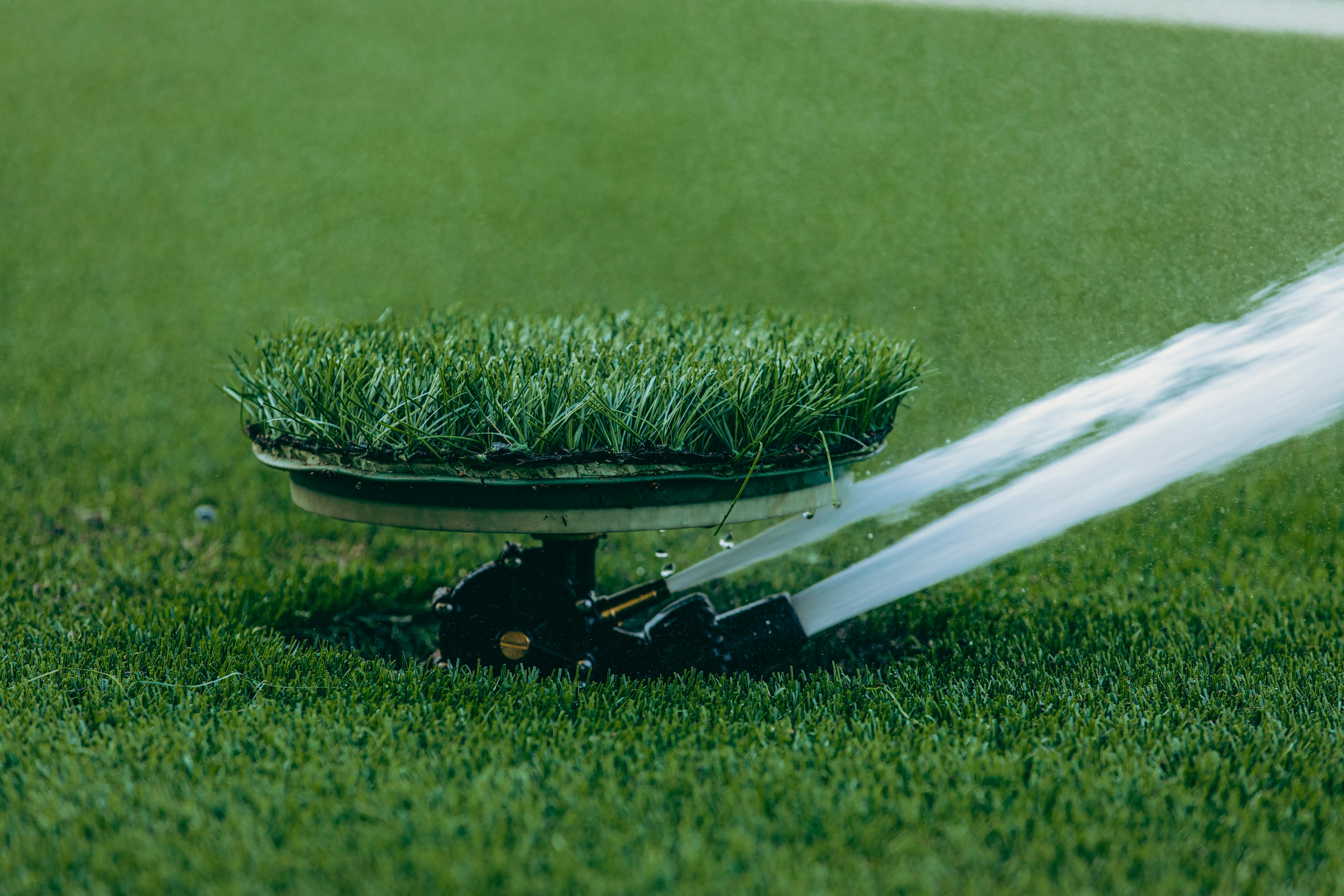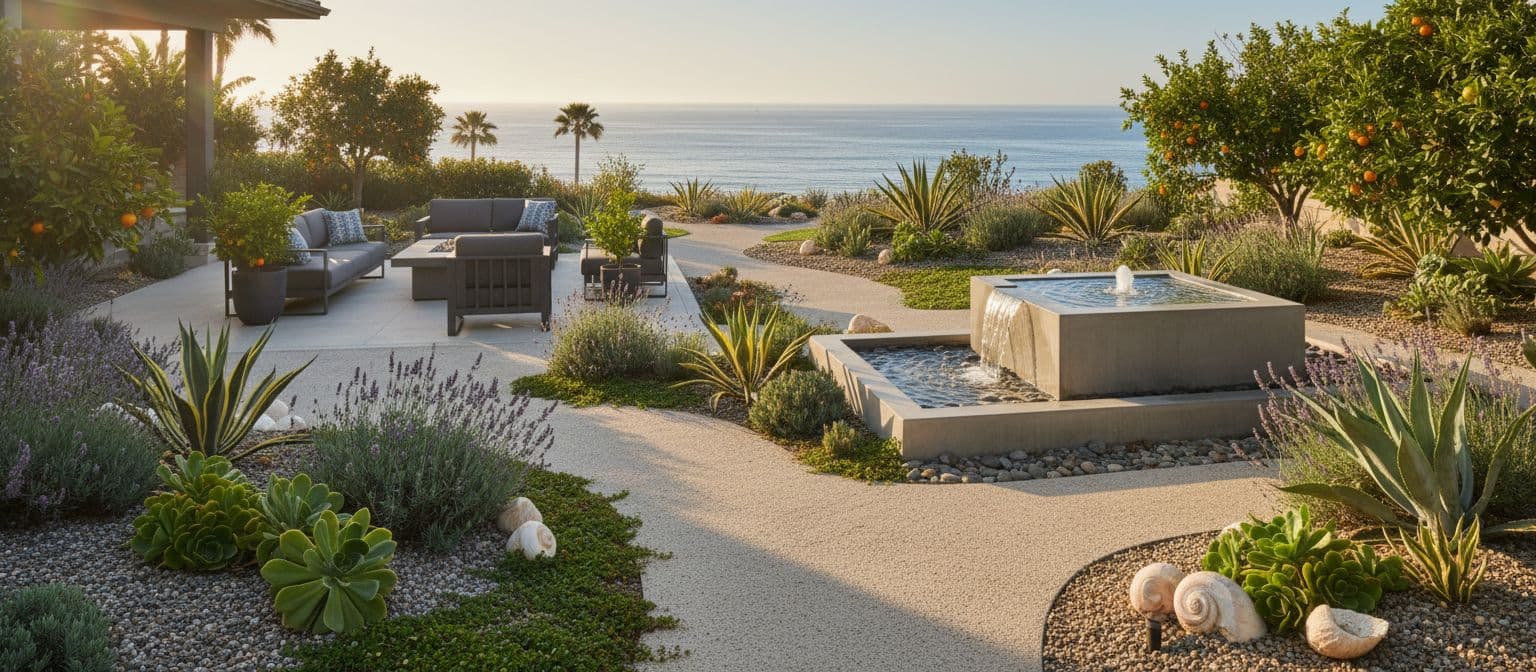Most homeowners in 2025 pay about $2,500 to $6,500 to install a lawn irrigation system, with a national range of roughly $1,600 to $10,000 depending on size, system type, and features. The total changes with the property’s layout, soil, water pressure, and how many zones you need. Choosing the right setup saves water and money over time, especially with smart controls and drip where it makes sense.
This guide breaks down the irrigation installation cost 2025 by yard size, system type, and popular add-ons. It also shares ways to save without cutting quality, so you can plan a smart budget. Expect clear numbers, simple steps, and tips you can use today. By the end, readers can estimate their own project and plan with confidence using common benchmarks like sprinkler system cost, drip irrigation price, and cost per zone.
What Do Homeowners Pay for Irrigation in 2025?
- Typical total installed cost: $2,500 to $6,500
- Broad range: $1,600 to $10,000+ for large or complex setups
- Cost per square foot: $0.20 to $1.00
- Cost per zone: about $500 to $1,500
- Labor: usually $50 to $100 per hour
- Permits: $35 to $200, based on local rules
More zones, complex yards, and smart tech push costs higher. Quotes usually include a controller, valves, sprinkler heads or drip lines, trenching, piping, and a backflow device. Zones are separate watering areas, such as front lawn, rear lawn, and beds. Zoning helps tailor watering for plant health and water savings.
For deeper context on 2025 pricing, see these current references: How Much Does a Sprinkler System Cost in 2025? and Cost to Install Lawn Irrigation System.
Cost by Yard Size: 1/4, 1/2, and 1 Acre Estimates
Yard size is a big driver, especially for in-ground systems.
Yard SizeTypical Cost Range1/4 acre$3,000 to $10,0001/2 acre$5,000 to $14,0001 acre$8,000 to $20,000
Layout, the number of planting beds, and water pressure can shift these ranges. Smaller city lots often land in the lower half of the typical $2,500 to $6,500 band. Larger or complex properties trend higher due to more zones, longer pipe runs, and extra labor.
What a Standard Install Usually Includes

A typical irrigation installation includes piping, valves, and distribution lines that move water efficiently to each zone. Photo by Joerg Hartmann
Most professional bids cover:
- Site layout and design
- Trenching or pulling pipe
- Poly or PVC piping
- Valves and manifolds
- Sprinkler heads or drip emitters
- A controller or smart controller
- Backflow prevention
- Connection to water supply
- Programming and testing
- Cleanup
Common add-ons: rain or soil sensors, pressure regulators, isolation valves, and dedicated drip zones for beds. These can improve control and long-term savings.
The Biggest Factors That Change Your Price
- Yard size and zone count: more zones mean more parts and labor.
- Site conditions: rocky soil, clay, or slopes add time.
- Parts and features: rotor heads, drip lines, and smart tech affect the total.
- Labor and permits: rates vary by region, and local codes shape scope.
Authoritative breakdowns are available at How Much Does it Cost to Install a Sprinkler System in 2025? and this 2025 guide on Cost Of Installing A New Sprinkler System.
Yard Size and Zones (How Many Areas Need Watering?)
Zones are priced around $500 to $1,500 each. The price depends on head count, pipe length, and distance from the water source. Lawns, beds, and slopes usually need separate zones for best results. That adds cost up front but often saves water and protects plants.
A small 5-zone yard often lands near the lower end of typical pricing. A 10-zone yard can reach the higher end or exceed it, especially with smart features.
Soil, Slope, and Obstacles That Add Labor
Tough ground, like rocky or heavy clay soil, slows trenching. Steep slopes need careful design and sometimes pressure regulation. Tree roots, tight side yards, and crossing driveways or sidewalks add time. Boring under hardscapes raises the bill. Thoughtful design around trees and beds prevents root damage and wasted water.
Parts and Features: Heads, Drip, and Smart Controls
Rotor heads suit larger turf areas, and spray heads cover small lawn zones. Beds and vegetable gardens benefit from drip lines and emitters. Pressure regulating heads and drip filters improve performance and cut waste.
Smart irrigation adds Wi Fi controllers and weather or soil sensors. This can move a project toward the higher end of the range, yet it can cut water use and bills over time. Many homeowners start with standard gear, then add smart controls when budgets allow. For data-driven ranges and current averages, check the 2025 overview at Average Cost for Lawn Irrigation System 2025.
Labor, Permits, and Local Codes
Labor often runs $50 to $100 per hour. Backflow preventers, proper placement, and inspections are typically required. A permit may add $35 to $200. Backflow testing might also be needed. Working with a licensed pro helps avoid fines and rework.
For local install help, see All Seasons’ page on Sprinkler Installation and Repair Services.

## Types of Irrigation Systems and 2025 Prices
- In-ground sprinklers: best for lawns, higher install cost, low daily upkeep.
- Drip irrigation: best for beds and gardens, targets roots and reduces waste.
- Above-ground or starter kits: low upfront cost, more manual work.
- Smart upgrades: Wi Fi controllers and sensors boost efficiency and control.
In-Ground Sprinkler Systems (Best for Lawns)
Small, simple projects can range from about $1,638 to $3,580, but many homes land in the $2,500 to $6,500 band as zones and size increase. Pros include even coverage, automation, and clean appearance. Cons include higher upfront cost than above-ground kits and the need for trenching.
Useful pricing references include the national snapshot at How Much Does a Sprinkler System Cost in 2025?.
Drip Irrigation for Beds and Gardens
Many residential drip installs fall around $1,191 to $3,000. Benefits include targeted watering, less evaporation, and healthier plants. Drip often pairs with sprinklers for a hybrid setup: turf on rotors or sprays, and beds on drip. This mix aligns watering with plant needs and can lower monthly water bills.
Above-Ground and Hybrid Options
Above-ground systems can cost about $425 to $625 per 1/4 acre, but they are less durable and need more hands-on setup and moving. A hybrid approach uses in-ground zones where they matter most, with portable lines elsewhere to control costs. This can be a smart bridge for growing properties or phased projects.
Smart Controllers and Sensors: Upgrade Costs
Advanced smart systems on large or complex properties can reach $5,000 to $15,000+. Adding a smart controller and a weather or soil sensor to a standard system usually adds a modest amount compared to the full install. Many regions offer rebates for smart controllers or high-efficiency heads, which helps offset the upgrade.

## How to Budget, Save, and Plan Your Install
Estimate Your Project in Minutes
- Quick method: multiply yard square footage by $0.20 to $1.00 for a rough range.
- Adjust by zone count at $500 to $1,500 per zone.
- Sketch lawns, beds, and slopes to plan zones and count likely heads.
- Include permit and backflow costs from the start.
Example: A 7,500 square foot yard at $0.40 per square foot lands near $3,000. If that sketch suggests 6 zones at $800 each, the zone method also points near $4,800. Expect the final quote to reflect site conditions and parts.
Ways to Save Without Cutting Quality
- Plan zones efficiently: group plants with similar water needs to reduce total zones.
- Choose standard parts where they work; reserve premium gear for tricky areas.
- Prep the site by clearing debris and marking utilities to reduce labor time.
- Bundle with other work, like new sod or edging, to share mobilization costs.
- Get multiple quotes from licensed pros and compare scope line by line.
- Schedule before peak season if possible to avoid rush pricing.
For more cost cues and a second opinion on averages, this national guide is helpful: How Much Does it Cost to Install a Sprinkler System in 2025?.
Maintenance, Water Bills, and ROI
Plan for seasonal startup, winterization where needed, and occasional repairs like head replacements or valve service. Smart controls and drip zones can reduce water bills month after month. Track water use in your utility portal and adjust schedules as seasons change. Ask about warranties on parts and labor, and keep records for future service.
Check Rebates and Local Rules
Check city or water district rebates for smart controllers, weather-based scheduling, or high-efficiency heads. Confirm permits and backflow rules before work begins. Save receipts and photos for rebate submissions. Local utilities often publish current programs on their websites.
Conclusion
Many homeowners spend $2,500 to $6,500 on irrigation in 2025, with a broad range from $1,600 to $10,000 based on yard size, zone count, and features. Smart design and the right mix of sprinkler and drip can lower water use and monthly bills. Next steps are simple: sketch the yard, count likely zones, use the quick estimate, then get quotes from licensed installers. Ask about smart options and rebates so the system pays back faster, and keep the focus on efficient watering for long-term savings.




